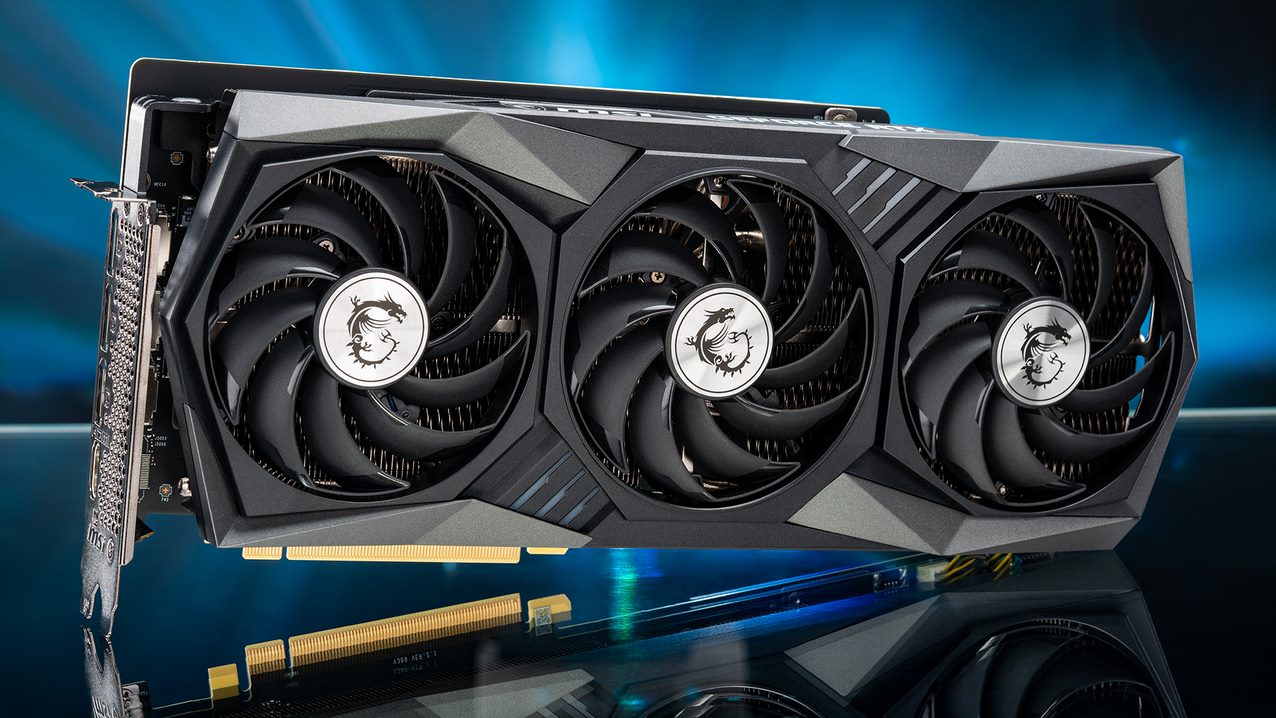
A graphics card is a piece of equipment that is employed to boost a device’s visual bandwidth and improve its image resolution. It increases the device’s performance and allows it to perform higher-level tasks. The display performance of your system is determined by the graphics card’s capabilities. It is critical for games and multimedia to function on a computer.
To begin with, let me tell you that every game requires graphics memory. The memory required varies by game category, and the parameters are described on the game packet.
Graphics card sales grew by nearly 26% annually, amidst the persistent microchip deficit. However, for superior productivity, PCs, especially the ones used by gamers and editors, include a high-capacity graphics card, known as GPU.
Let me tell you more about it.
Table of Contents
GPU
- GPU means Graphics Processing Unit.
- The power of a GPU depends on the particular models, and thus, it varies from one another.
- A port defined as an expansion slot is used to connect the GPU as an auxiliary unit.
The Graphics Processing Unit is the basic unit of a graphic card and is also termed as the ‘brain’. The displays and graphics we see on a screen are due to the functioning of the GPU.
The Two Main Types of Graphic Cards
1. Integrated Graphic Card
While integrated graphics are a convenient and energy-efficient option for ultra-thin and ultra-light notebooks, they lack the power and versatility of, for example, high-performance RTX 3060 graphics cards. Unlike integrated graphics, which are typically built into the motherboard and cannot be upgraded, discrete graphics cards can be easily replaced with newer versions to keep up with evolving technology and performance needs. So, if you’re looking for a graphics solution that can handle demanding applications and high-end gaming, a high-performance RTX 3060 is the way to go.
2. Discrete Graphics cards
Discrete Graphics cards come as an external or auxiliary accessory, that is later on added to the motherboard as an extension. Discrete Graphics cards are generally not found in PCs that are used in day-to-day life.
Functions like making folders, writing emails, listening to songs, streaming movies, general office work, and similar tasks don’t need external graphic cards. An integrated card is enough to perform these activities.
But gaming enthusiasts, professional video editors or graphic designers, might find discrete graphic cards useful.
Attributes of graphic cards
1. Memory
Graphic cards come with integrated memory, known as VRAM, ranging from around 2 GB to 128 GB. On average, the greater VRAM a video card possesses, the faster it operates. Users should buy graphic cards with more storage space and RAM to support greater resolutions and graphics and the finest special effects.
2. Multiple Screen Support
Most graphic cards nowadays are incorporated with the technology to connect two computers at the same time. This feature of graphic cards makes it extremely famous among devoted gamers and editors, as they need video cards that can support high resolutions on the screen. You can use this feature either with different computers or connect two desktops together, to form a larger screen visual.
3. Gaming and Video Editing
A discrete graphics card is not only important for gaming maniacs but it is equally needed for people who use high-end editing software to produce work. This software requires a high-resolution display and huge storage space since it reduces graphic processing time and provides a high-definition workspace.
4. Connection
Several distinct connections link the graphic card to the screen, but the socket has to be accessible both on the desktop and the graphics card. Here are among the most common connections for linking a video card to a computer:
- VGA – Video Graphics Array
- HDMI – High-definition Multimedia Interface
- DVI – Digital Visual Interface
Some processors have many adapters, allowing us to install multiple graphics cards to improve efficiency. Presently, many notebooks include an incorporated video card.
A video card’s terminals are also extremely important since they decide what screens you can connect to. At the very least, all-new graphics cards should feature an HDMI port. This is a globally recognized link that allows you to connect any contemporary computer, television, or projector with ease.
VGA and DVI ports are still available on a few GPUs, albeit they are generally used to interconnect outdated displays nowadays.
Over to you…
With this think-piece, you have a fair idea about what a graphic card is and its functionalities. So, while choosing a graphics card for your device, make sure you keep all the above points in mind and make an informed decision.
Hello, I am a professional writer and blogger at Adclays.com. I love to explore the latest topics and write on those topics. I spend the maximum of my time on reading and writing interesting topics which provide valuable piece of information to my readers whether it comes to the latest fashion, technology, healthy lifestyle, business information, etc. Explore my writings by visiting the website.